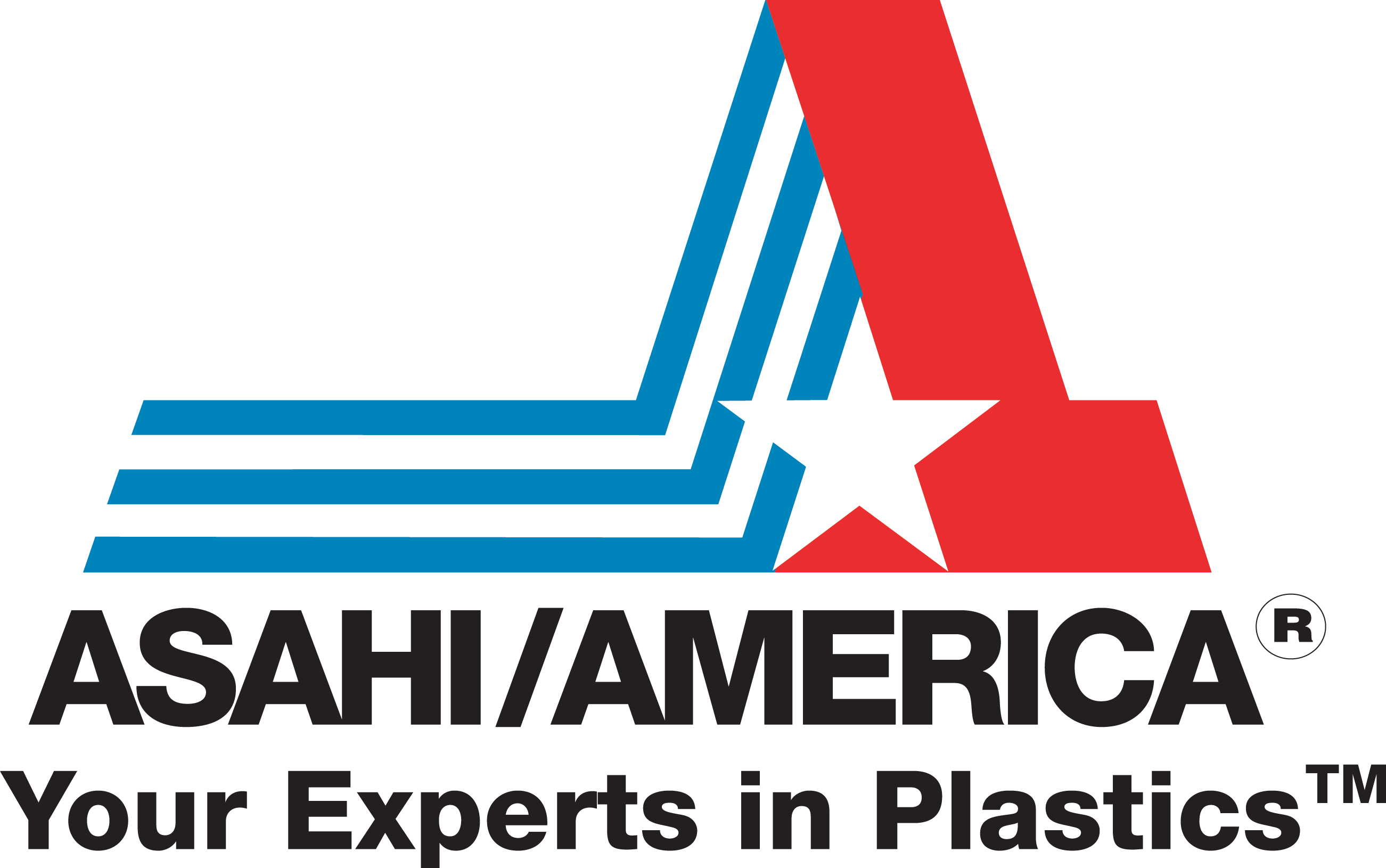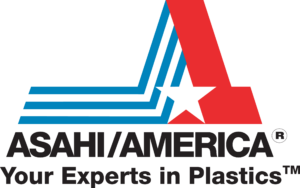

May 1, 2023
Inner Circle
Cleaning and Sanitization in Pharma and Biotech Manufacturing
Contributed by Pat Higgins, Business Development Manager (Life Sciences, Food & Beverage, and Lab)
Overview
Clean-in-Place (CIP) systems are commonly used in pharmaceutical and biopharmaceutical facilities. It is a method of cleaning manufacturing equipment, including elements such as pipes, filters, and fittings, without disassembling it. The equipment is cleaned using a series of cleaning solutions that are pumped through the system and flushed out with water.
Frequently used chemicals in CIP systems include caustics, such as sodium hydroxide, phosphoric and nitric acids, as well as sodium hypochlorite, chlorine dioxide, and peracetic acid.
Materials

Although CIP systems are frequently constructed with either 304 or 316 stainless steel, polyvinylidene fluoride (PVDF) or polypropylene (PP – pigmented or unpigmented) can be a viable alternative. Advantages include reduced installation costs, corrosion resistance, fewer insulation needs (for hot systems), and no passivation. Thermoplastic materials will outperform metal systems exposed to caustics, acids, or chlorinated media. However, no single plastic material is ideal for all media. It is crucial to consult Asahi/America’s engineering department for a specific piping material recommendation to ensure chemical compatibility with the media.
Polypropylene is ideal for high-pH media and, in some cases, strong acids. Polypropylene is not recommended, however, for chlorinated service or extremely high acid concentrations. PVDF is ideal for aggressive acids and many chlorinated applications. However, it is not recommended for high-pH media. E-CTFE, known as Halar®, is an excellent plastic for a broad range of aggressive chemicals. In particular, E-CTFE is ideal for sodium hypochlorite applications. Factors such as thermal expansion and UV exposure must also be considered for all systems.
System Description
A CIP system is a packaged unit of integrated components and includes the following steps:
- Controlled rinsing: Controlled temperature rinsing, which involves partial cleaning without using chemicals.
- Controlled temperature washing automatically controls the system’s exposure to the cleaning agents and rinses to ensure consistent results. Controlling volume and pressure creates sufficient turbulence to ensure optimum cleaning conditions.
- Controlled chemical concentrations result in effective cleaning. Consistent and repeatable chemical dosage is essential for maximum effectiveness.
- Final rinsing is usually performed with high-purity water. It may be sent to drain or used as the first stage rinse of the next cycle. CIP systems are used in many industries and have become a standard for pharmaceutical and biopharmaceutical applications.

Tri-Clamps (Sanitary Adaptors)
For situations where CIP is not an option, a common alternative to facilitate the cleaning process of system components is tri-clamps (also referred to as sanitary adaptors). These mechanical connections help make routine work such as cleaning and sterilization a quick and easy process. Sanitary adapters are critical in ensuring a sterile environment for application processes in the pharmaceutical and biotechnology industries. They are held together with hygienic (sanitary) clamps and a gasket to ensure a smooth seal. Sanitary adaptors allow for quick assembly/disassembly of system components while achieving high levels of joint cleanliness.
Poor installations of sanitary adapters can compromise the integrity of a process, resulting in cross-contamination, loss of batch, possible injury to workers, and bacteria infestations. Improper connections risk an opportunity for bacteria to grow in crevices or cause leakage between the links. Working personnel that interact with these systems must know the importance of having the correct parts, tools, and training to connect and disconnect piping systems without issue.
Asahi offers a High Purity Piping Sanitary Adapter & Hygienic Clamp Connections Best Practices Guide, which provides thorough instructions and answers common questions about proper material selection and installation of Asahi/America’s high purity sanitary adapters.
Sanitization
Sanitization is an extension of the CIP process to reduce the bacterial count to a safe level. There are many different methods for sanitizing a distribution pipe system. The two most common methods are heat sanitization and chemical sanitization. Exposing a piping system to high heat for a while will sanitize the surface. Chemical sanitization is achieved through the use of chemical compounds capable of destroying disease-causing bacteria.

If heat or hot water is used, critical considerations for the piping system design include thermal expansion and temperature/pressure ratings. The stringent demands of a pharmaceutical high-purity water system typically require 80° C to 85° C (176° F – 185° F) periodic sanitization. PVDF systems can easily handle systems designed to operate and sanitize at this temperature. Asahi/America’s Purad® PVDF has a recommended operating temperature range of 0° F (-17.8° C) to 250° F (121° C). The pressure rating is 230psi at 68° F, 100psi at 185° F, and 25psi at 250° F. These values are calculated using a 50-year target lifespan with water. Chemical service would de-rate this, and expansion loops would help to address the thermal expansion of plastic piping systems.
If a chemical sanitization method is to be used, the chemical compatibility of the piping material needs to be verified with the pipe manufacturer. Ozonated water is frequently used for chemical sanitization. PVDF is compatible with ozonated water under most operating conditions; still, we recommend that application details such as ozone concentration, temperature/pressure, and UV light exposure be reviewed by our engineering department to confirm suitability. In pharmaceutical/biotech manufacturing, periodic sanitization of purified water loops with ozonated water is used more frequently as an alternative to heat sanitization.
Sterilization
Sterilization is not the same as sanitization. While sanitizing reduces microorganisms to a safe level, sterilizing a system eliminates all living microorganisms. Steam-In-Place (SIP) is considered by many to be the most reliable method of ensuring sterility and maintaining microbial control. For effective steam sterilization, the steam must be saturated; that is, it must be at a temperature and pressure that falls along the liquid/gas interface on a phase diagram. SIP must be conducted at 121° C (250° F) at the coldest point in the system. Terminal sterilization or “overkill” is generally achieved after 15 to 20 minutes of exposure to saturated steam. Longer durations are not necessary and should be curtailed in PVDF systems. The fact that PVDF can be employed at a constant 80° C to 85° C and can be steam sanitized makes it an attractive option to replace stainless steel in hot WFI applications and is what makes it an increasingly popular choice.
The Asahi/America team is available to address questions, provide additional information and recommend products to support your specific pharmaceutical/biotech applications.
EDITOR’S NOTICE: Please note, the information in this article is for educational purposes only and does not supersede any Asahi/America technical information or product specifications. Please consult Asahi/America’s technical department at 1-800-343-3618 or [email protected] on all product applications in regards to material selection based on the pressure, temperature, environmental factors, chemical, media, application, and more.

